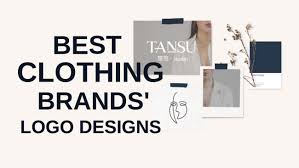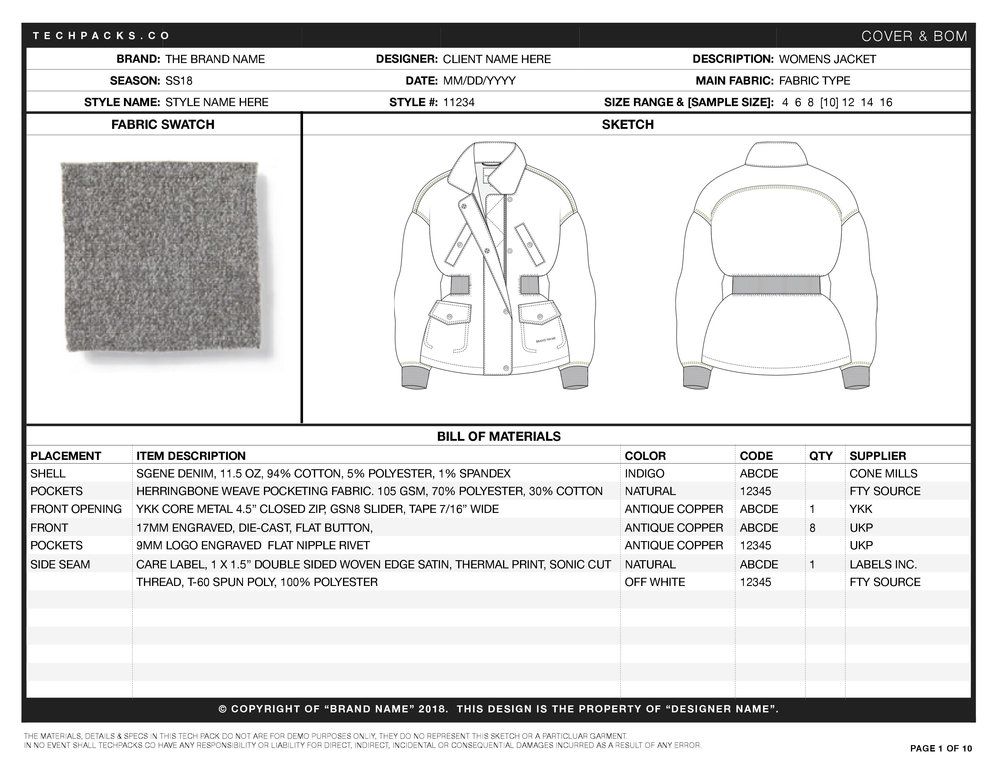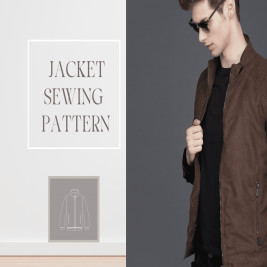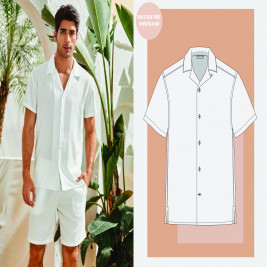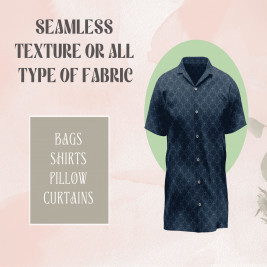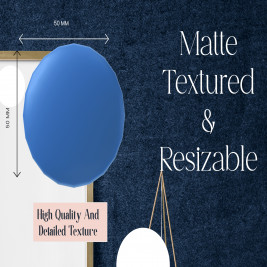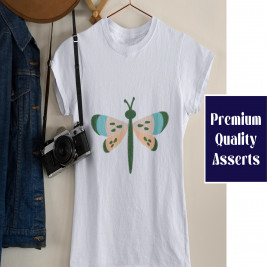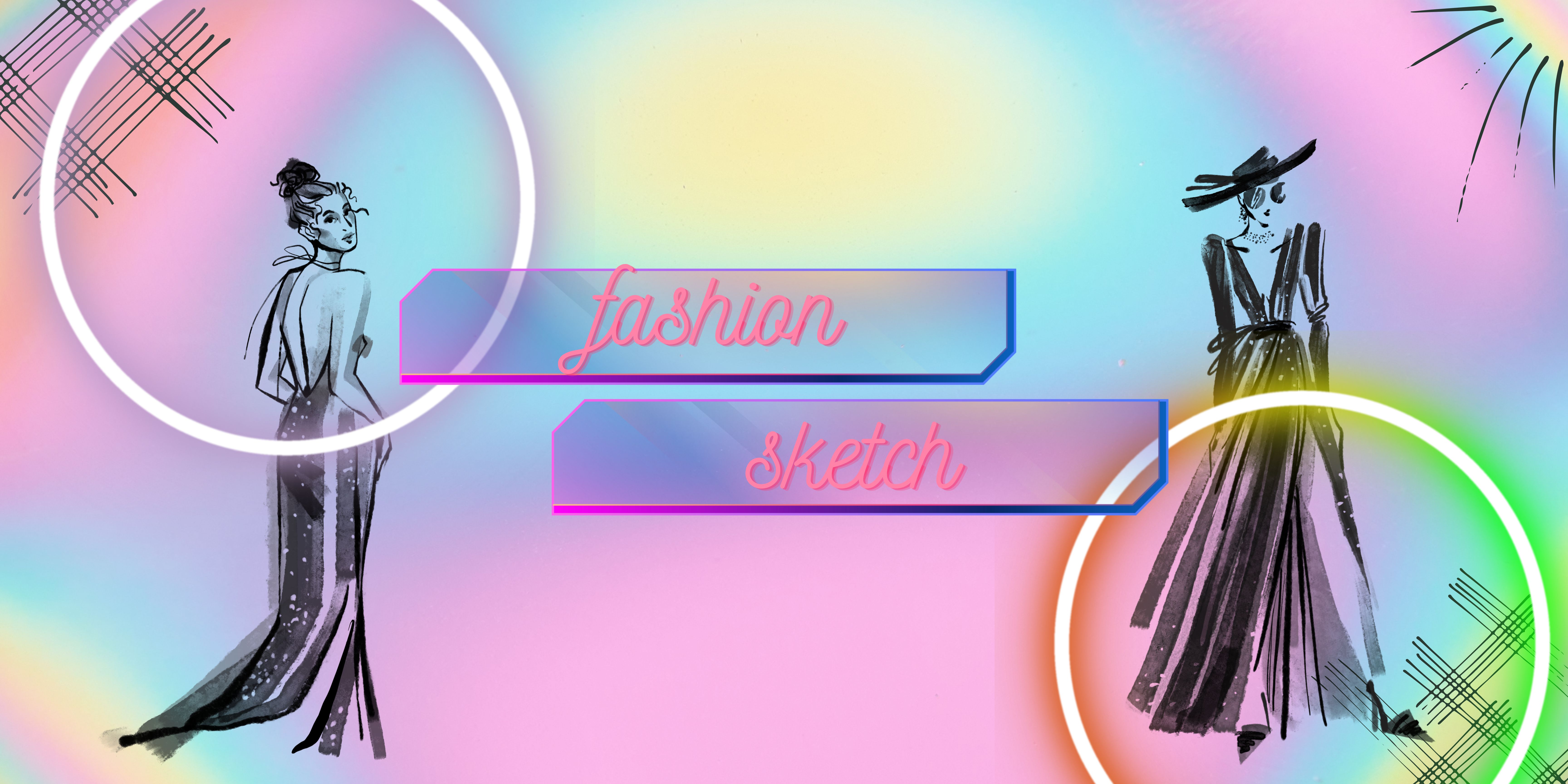
Sketching Your Style: Tips and Techniques for Fashion Illustration
Sketching Your Style: Tips and Techniques for Fashion Illustration
Introduction:
Fashion illustration is a cornerstone of the fashion industry, providing designers with the ability to visualize their creations before they come to life as physical garments. Whether you're an aspiring fashion designer or simply passionate about fashion, mastering the art of fashion sketching is a wonderful way to channel your creativity and sharpen your design skills. In this blog post, we'll delve into essential tips and techniques for fashion illustration, covering everything from basic sketching to advanced rendering techniques.
Basic Sketching Techniques
To kickstart your fashion sketching journey, it's crucial to build a strong foundation by mastering the basics. Start by learning how to sketch fundamental shapes like circles, triangles, and squares. These shapes are the building blocks for creating a basic human figure. Once you’re comfortable with sketching the basic figure, you can gradually add more intricate details, such as facial features, hairstyles, and clothing designs. Practicing various poses and body types is also essential to developing a versatile sketching repertoire that reflects a diverse range of designs.

Tools of the Trade
Having the right tools at your disposal is key to creating beautiful fashion sketches. Essential items include high-quality pencils, erasers, and paper. A good sketchbook with durable, medium-weight paper is ideal for handling different media, such as markers and watercolors. Investing in a set of colored pencils or markers will allow you to bring your sketches to life with vibrant colors. As you progress, consider adding more specialized tools, such as a lightbox for tracing and refining your sketches, to your toolkit.
Rendering Techniques
Rendering adds depth and dimension to your fashion sketches, transforming flat drawings into more lifelike representations. Techniques like shading, cross-hatching, and stippling are invaluable for this process. Shading involves using darker pencils or markers to create shadows, highlighting areas of the sketch where light would naturally fall. Cross-hatching uses intersecting lines to create texture, while stippling involves dotting the paper to add shading and texture. Mastering these techniques will enhance the realism and impact of your illustrations.
Advanced Techniques
Once you’ve got the basics down, it’s time to explore more advanced techniques. This could involve incorporating patterns and textures into your designs, mastering the art of fabric draping, or experimenting with digital tools to create fashion illustrations. Digital sketching software, such as Adobe Illustrator or Procreate, opens up a world of possibilities, allowing you to create detailed and refined designs with ease. Additionally, you can experiment with different artistic mediums, such as watercolors or acrylics, to achieve unique effects and textures in your work.
Tips and Tricks
To get the most out of your fashion sketching practice, consider the following tips:
- Practice Regularly: Consistency is key to improving your skills and developing your unique style.
- Use Reference Images: Reference images can help you create accurate and detailed sketches, especially when working with complex designs.
- Experiment Freely: Don’t be afraid to try different styles, techniques, and mediums to discover what works best for you.
- Embrace Mistakes: Mistakes are a natural part of the learning process. Use them as opportunities to learn and refine your craft.
Conclusion
Fashion illustration is a rewarding creative outlet that not only allows you to express your style but also enhances your design capabilities. With the right tools, techniques, and plenty of practice, you can create stunning fashion sketches that reflect your unique vision. Whether you're just starting or you're an experienced artist, the world of fashion illustration is full of endless opportunities to learn, grow, and innovate.


